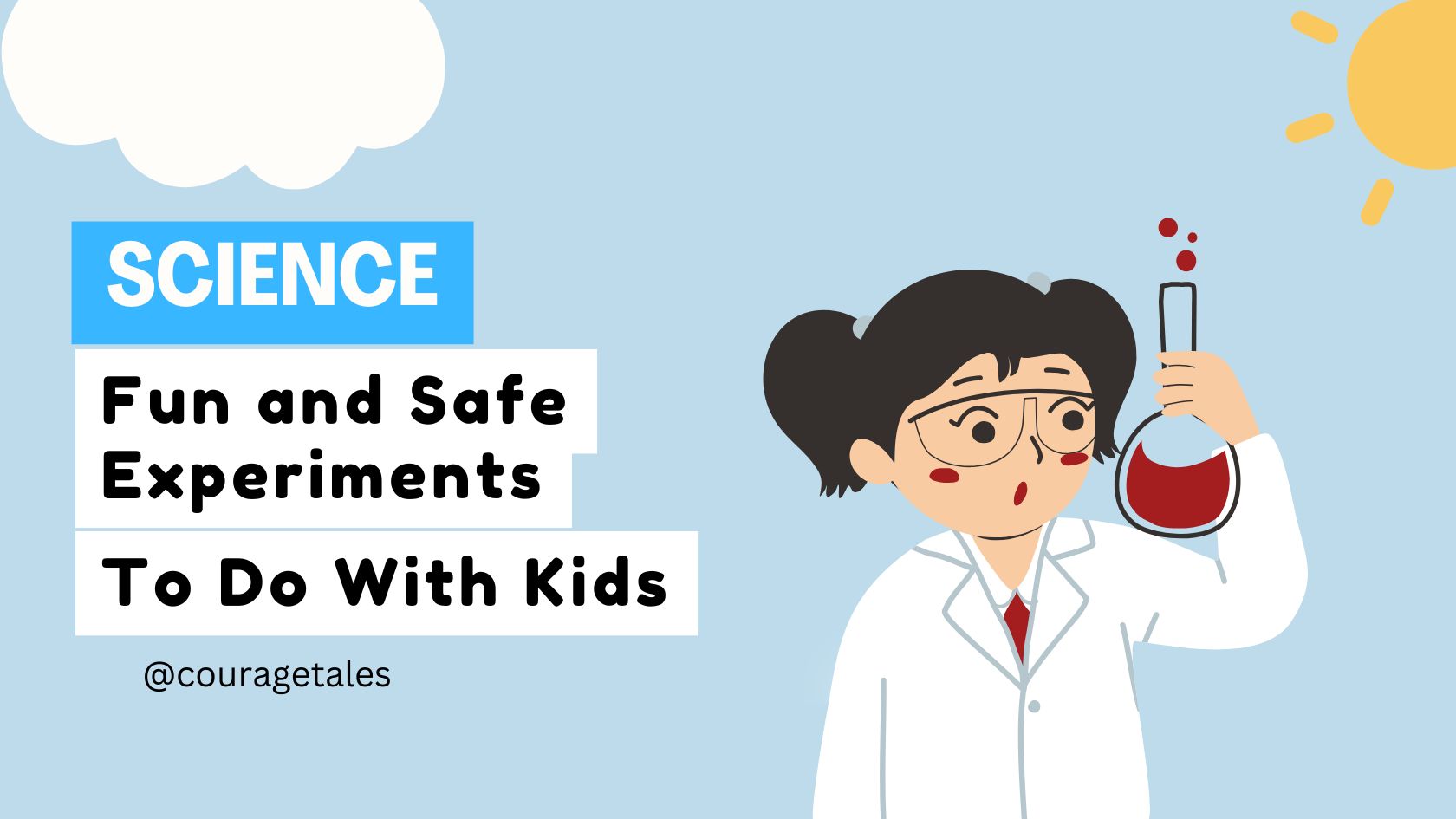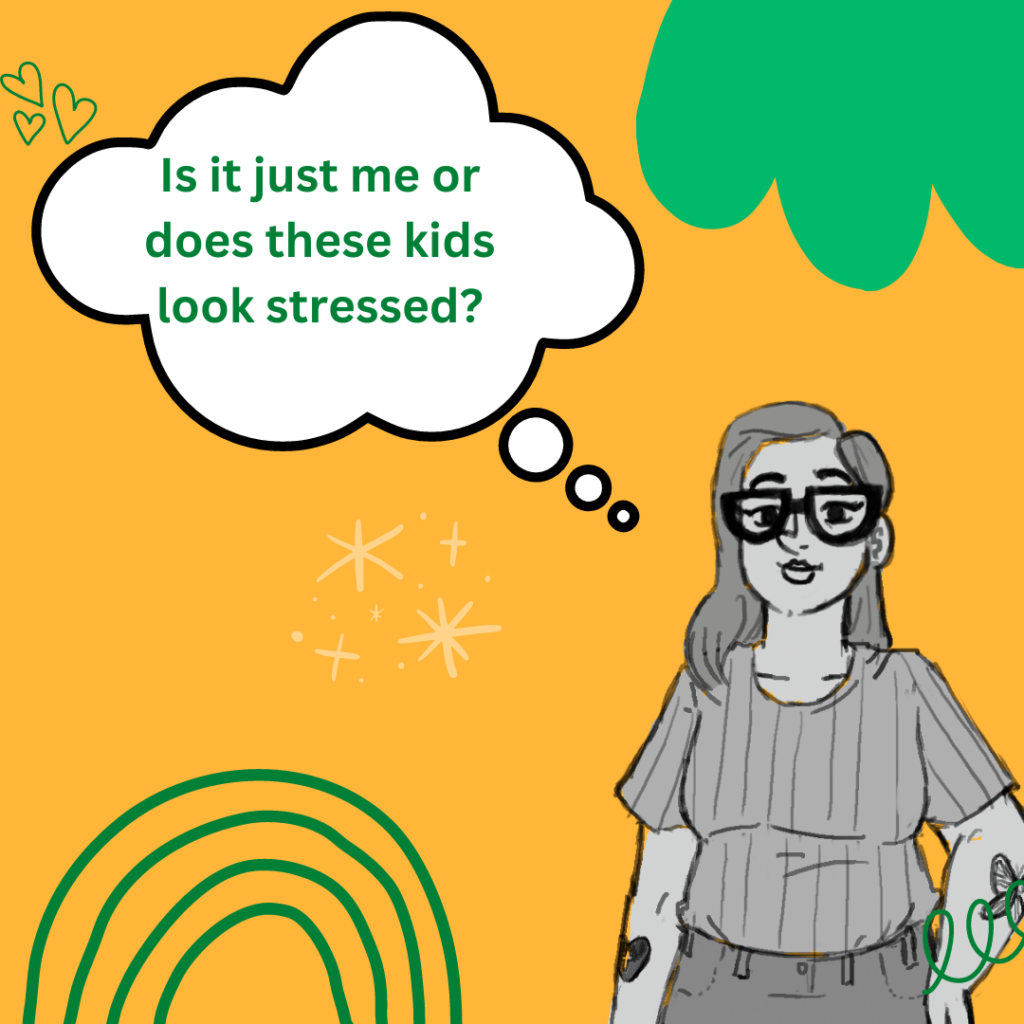Fun And Safe Experiments To Do With Your Kids
Science is not only a fascinating subject but also a great way to stimulate your kids’ curiosity, creativity, and critical thinking skills. As parents, you have the opportunity to make science come alive in your own home, and no worries, the experiments are completely safe and also fun. You can use some simple and safe materials that you probably already have in your kitchen, bathroom, or garage. Here are some examples of fun and safe experiments that you can try with your kids and learn some science concepts along the way. Learning can be fun, and I’m sure your kids will find it more fun because they will be doing these experiments with you.
Lava Lamp

The mesmerising effects of lava lamps are one of the major things that I find fascinating about them, and lucky enough, they are very easy and safe to make with your kids. You can make your own lava lamp at home using vegetable oil, baking soda, vinegar, and food coloring. This experiment teaches kids about density, which is how much mass an object has in a given volume. Oil is less dense than water, so it floats on top of it. Vinegar reacts with baking soda to produce carbon dioxide gas, which is lighter than water, so it rises to the top, bringing some colour with it.
Materials needed: a clean plastic bottle or glass jar, vegetable oil, baking soda, vinegar, food colouring, and a flashlight (optional).
Steps: Add a couple of inches of baking soda to the bottom of your bottle or jar, and then fill the rest of the bottle or jar up with vegetable oil until it is almost full. Use a funnel if you have one. Notice how the oil stays separate from the baking soda. In a separate cup, add about a fourth cup of vinegar and some drops of food coloring. Mix them together. You can now slowly pour the vinegar and food colouring solution into the bottle or jar with the oil and baking soda. Watch what happens! Also, if you have a flashlight, turn off the lights and shine it through your lava lamp to see it glow!




